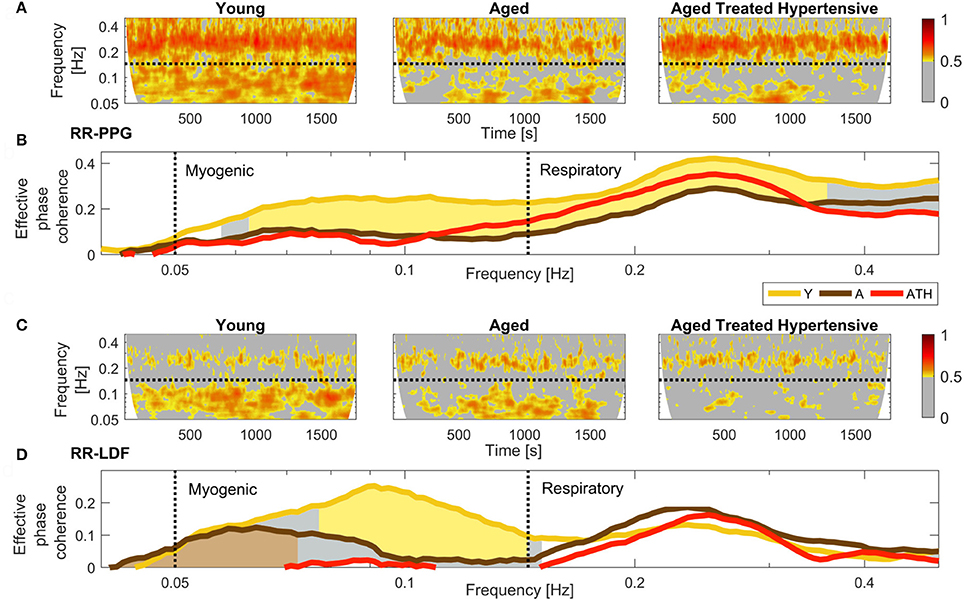
Say the market rate for a home of comparable size, layout, and location ranges from $600k - $700k, a potential buyer submitting $400k will be absolutely dismissed. The first step requires comprehensive market knowledge, that the offer should not be out of the range. Then, submit the anchor offer to your benefits and negotiate around.
#ARBITRARY COHERENCE EXAMPLES HOW TO#
Within ZOPA, how to establish an anchor slightly to your benefits on the spectrum? First, assess the ZOPA by knowing your BATNA and guessing that of the other party. In behavior economics, “arbitrary coherence” is when an arbitrary, randomly chosen number, influences the amount purchasers are willing to pay for a product ( Mattei & Hellebusch, 2020). The basic idea is that our behaviors and decision makings are (most often unconsciously) influenced by arbitrary things that we encounter in life. I got to know the term by Dan Ariely’s book Predictably Irrational.

What if, a totally random number can also unconsciously anchor your perceptions of something that is totally unrelated? This is where “arbitrary coherence” comes in. Buyers rely on this information to judge if the offer is fair or attractive enough. In these cases, finding comparable product is a good starting point to anchor my marketplace posting. Chances are that I bought couch two years ago in IKEA, neither product pages are to be recovered in the fast-paced consumerism world, nor the original receipt to be kept. Whenever I tried to sell furniture on Facebook Marketplace, I found it super helpful to include a picture showcasing the original price, or an invoice that you paid for, if available. In conclusion, across three experiments, we demonstrate that salient unclaimed prize information is capable of exerting a strong effect over judgments related to scratch card games.I have been moving around quite a few times. Possible mechanisms underlying this bias are discussed.

As in Experiment 2, participants still favoured cards with greater numbers of unclaimed prizes.


Finally, in Experiment 3 (N = 200), we manipulated the hypothetical scratch cards such that games with the highest number of unclaimed prizes were the least favourable, and vice versa. The bias, although attenuated, still persisted in these conditions. In Experiment 2 (N = 201), we attempted to ameliorate this bias by providing participants with the number of tickets remaining to be purchased and equating the payback percentages of all three games. In Experiment 1 (N = 201), we showed that participants are influenced by this information such that they felt more likely to win, were more excited to play, and preferred to hypothetically purchase more of the scratch card with the greatest number of unclaimed prizes. Despite its lack of utility in assisting gamblers in choosing the most favourable type of scratch card to play, we hypothesized that unclaimed prize information would bias participants' judgments within a scratch card gambling context. However, unless the number of tickets remaining to be purchased is also provided, this information is uninformative. Unclaimed prize information (i.e., the number of prizes still available to be won) is information commonly provided to scratch card gamblers.


 0 kommentar(er)
0 kommentar(er)
